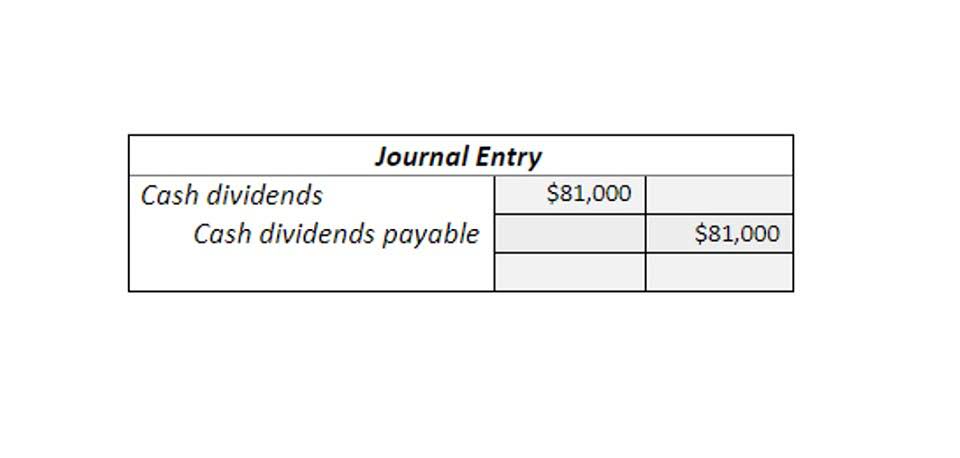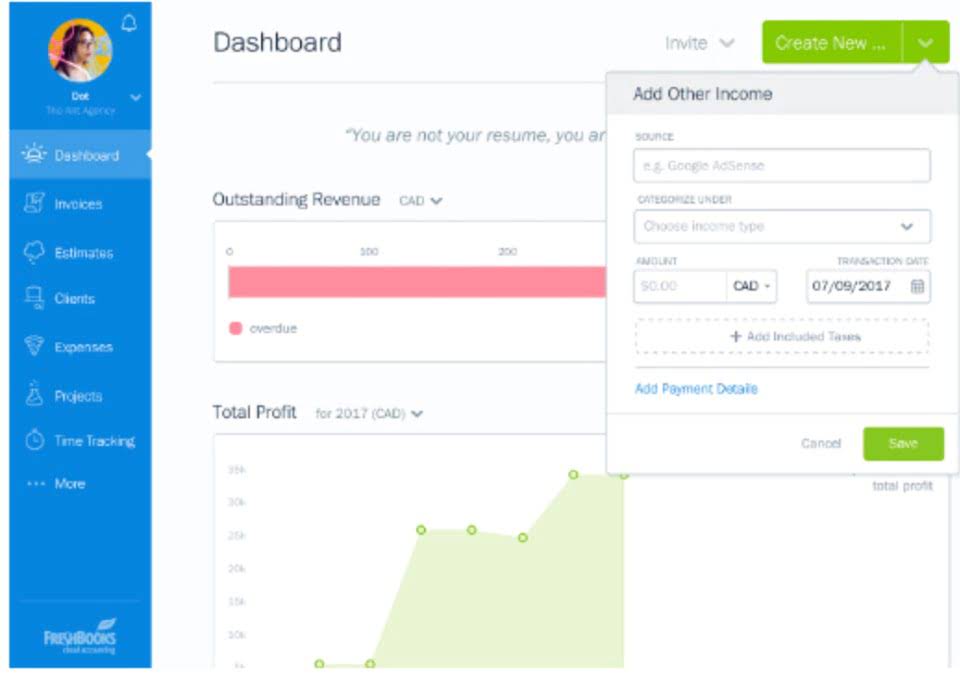
Additionally, financial reporting can use absorbing costs to comply with generally accepted accounting principles (GAAP). Absorption and variable costing have unique approaches to treating fixed overhead expenses. At the end of the reporting period, the firm’s balance sheet will still include assets such as inventories. The approach of management accounting known as “absorption costing,” also known as “full costing,” on occasion, is designed to compile all of the expenses related to the production of a specific item. This strategy considers direct and indirect expenses, such as direct materials and direct labor, as well as rent and insurance payments.
- Authors submitting content on Magnimetrics retain their copyright over said content and are responsible for obtaining appropriate licenses for using any copyrighted materials.
- Since inventory costs are not expensed until sold, the two income statements will give different operating income.
- Calculations using fixed costs provide a lower net income than those using variable costing do as a consequence of this.
- The cost calculation is assigned to the product in batches (a non-recurring collection of several production units) and LOTS (production unit, linked to the serial numbers of a product).
- An example would be the sales team’s salaries or the corporate office rent, which are considered period costs for our bicycle factory.
- On the other hand, variable costing groups all the fixed overhead expenses together and shows the expenditure as a single line item distinct from the cost of goods sold (COGS) or inventory still available for sale.
Income Statement Under Absorption Costing and Marginal Costing (With Formats)
All variable manufacturing costs and fixed production overheads are treated as product costs and hence are charged to operation, process is or products. When choosing between absorption cost and other costing methods, consider your business’s needs. Factors such as units produced, variable costs, and administrative costs play a significant role in determining the best approach. By doing so, you can make better-informed financial decisions for your company. Regularly conducting cost analysis ensures that period costs, such as administrative costs, are properly separated from production costs. This distinction improves the clarity of financial data, enabling businesses to make more informed financial decisions and maintain accurate income statements.

Limitations of Absorption Costing Vs Activity-Based Costing
- Absorption costing, also called full costing, is what you are used to under Generally Accepted Accounting Principles.
- The change in cost per unit with a change in the level of output in absorption costing technique poses a problem to the management in taking managerial decisions.
- You need accurate information about all the cost inputs to correctly assign these costs.
- Such a rate may either be the blanket rate for the entire factory or departmental rates of recovery.
- In the case of marginal costing however, excess of sales revenue over variable costs is the amount of contribution which for all practical purposes is the profit.
- In conclusion, absorption costing can have significant impacts on financial statements and decision-making within a company.
Under absorption costing, a portion of the fixed cost relating to closing stock is carried forward to the subsequent period. This is an unsound practice as costs relating to a period should not be allowed to be vitiated by the inclusion of costs relating to the previous period, and vice versa. In case, the business shows seasonal sales pattern, the production may be built up during the slack season. If so, the operations will show losses during the period of production in the variable costing, and large profits will be shown in the periods when goods are sold. The formats in respect absorption costing of absorption costing and marginal costing being different, the operating statements under these two techniques also differ.

Please Sign in to set this content as a favorite.
When it comes to setting the price of the goods, this is of great assistance. This costing technique adds additional costs to the ending inventory, which is carried over to the following period on the balance sheet as an asset. recording transactions This consideration should be given when there is a requirement to include costs in inventory that are not captured by an entity’s cost accounting system but are added during the closing process. This ensures that the standard cost will be as close as possible to the actual cost using a recognized costing method when the balance sheet is prepared (e.g., FIFO, average cost, LIFO). It is inappropriate to raise the fixed overhead expenditures allotted to each output unit in response to deficient production or a facility that is not being used.

Financial vs Managerial Accounting Demystified

By including all overhead costs in the product’s or service’s price, businesses can get a more accurate picture of how much it costs them to produce one unit of their product or service. This Retail Accounting information can then be used to set prices that will be competitive with those of other businesses. Absorption costing uses an “absorption factor” to determine how much of an item’s cost should be assigned to inventory and how much should be charged against the sales revenue. The absorption factor is calculated by dividing total fixed costs by total sales revenue plus other relevant income.

- For instance, if the bakery makes 500 cakes and spends £5,000 on direct costs and £2,000 on overhead, each cake will absorb £14 in costs.
- Absorption costing depends on levels of output which vary from period to period.
- It is aminly used for reporting purposes, i.e. for financial and tax reporting.
- True profits should be realized when products are sold and not held at warehousing facilities.
- Absorption and variable costing have unique approaches to treating fixed overhead expenses.
On the other hand, marginal costing ignores fixed costs altogether, which means that all products appear to be equally profitable. The adoption of absorption costing has direct implications for a company’s tax liabilities. Tax authorities typically require that inventory costs include both fixed and variable production costs, which aligns with the principles of absorption costing. This requirement ensures that expenses are not prematurely deducted for tax purposes, thereby deferring tax liabilities to the period when the inventory is actually sold. The deferral of tax payments can be advantageous for cash flow management, allowing businesses to utilize funds that would otherwise be paid in taxes for other operational needs or investments.
Comentarios recientes